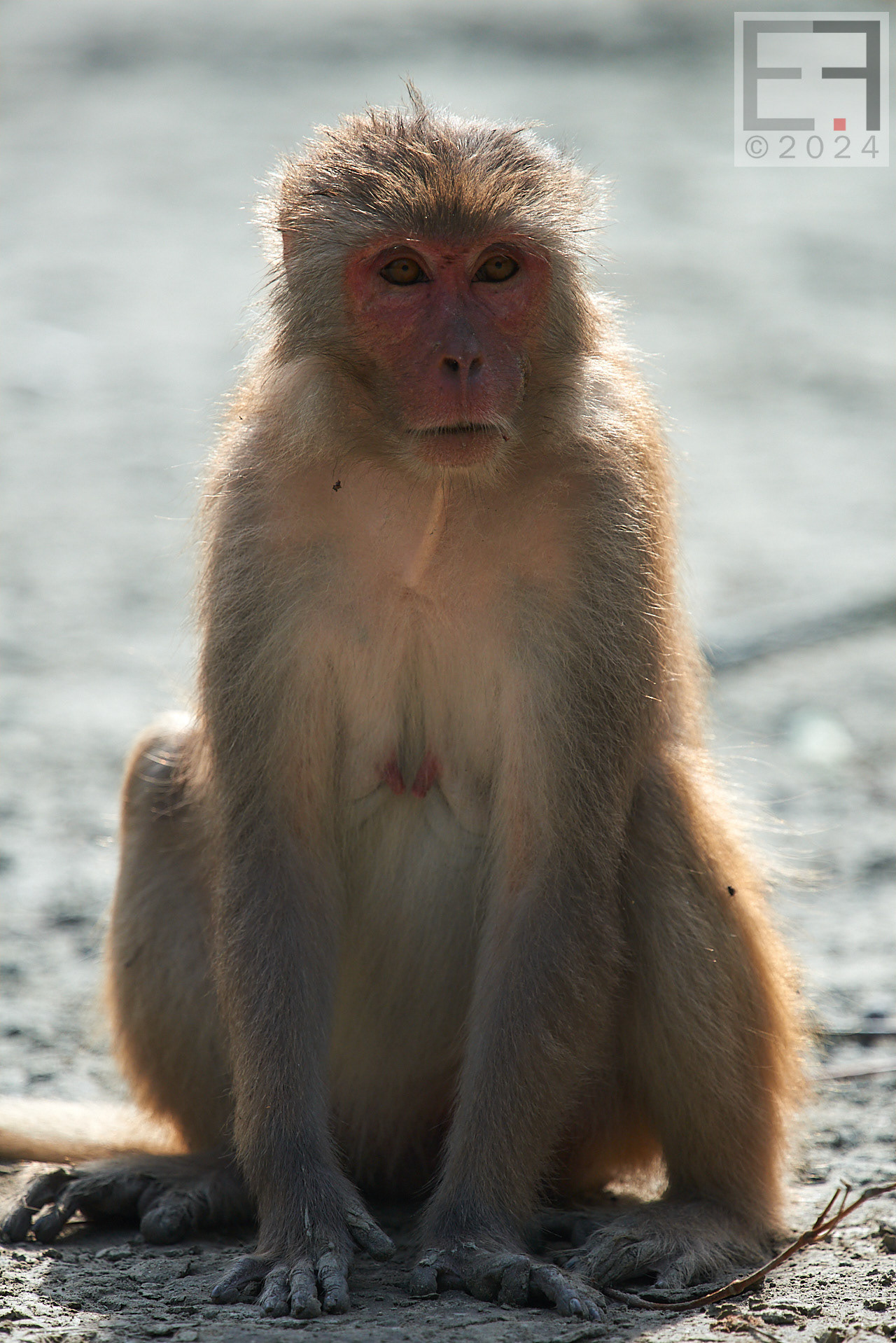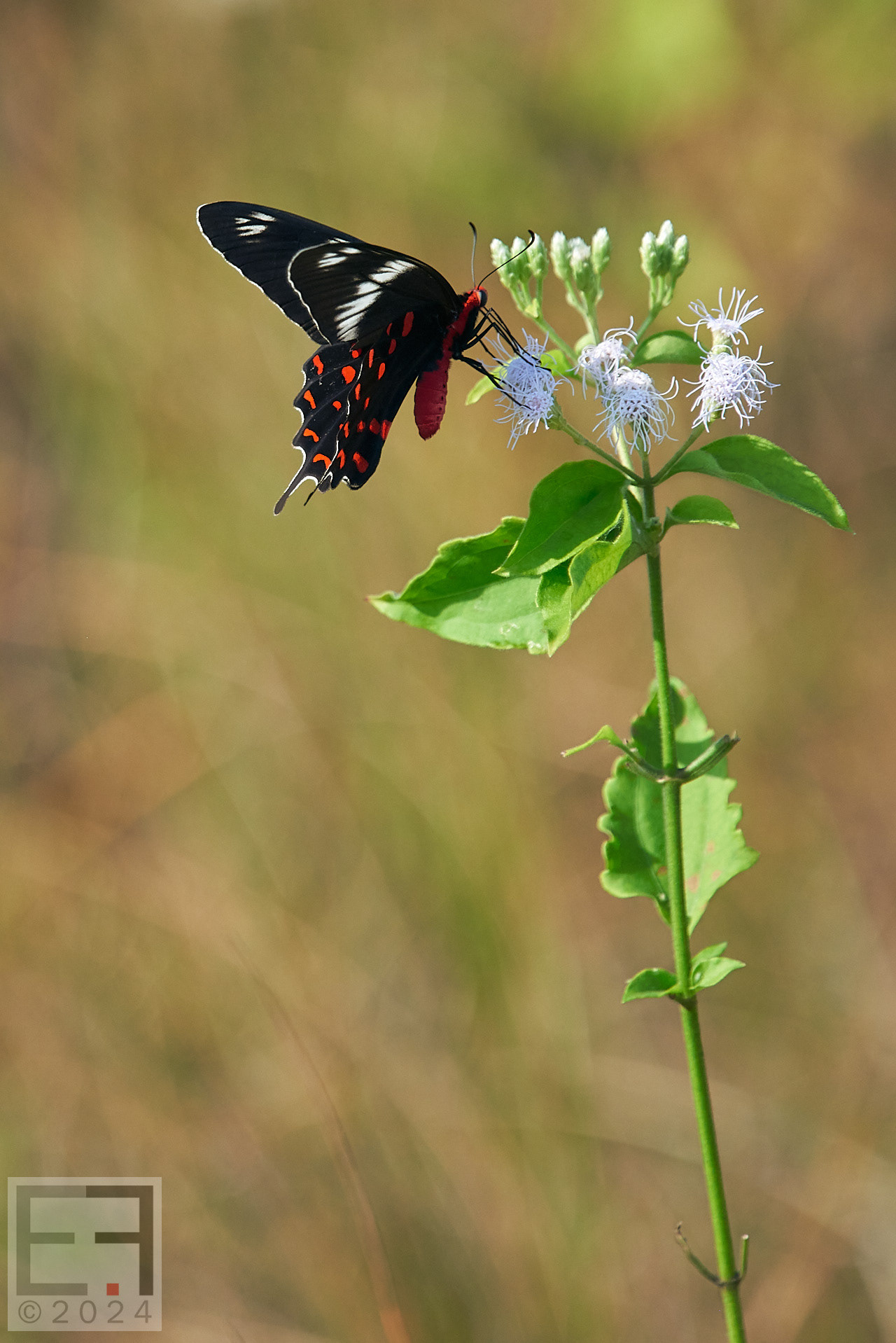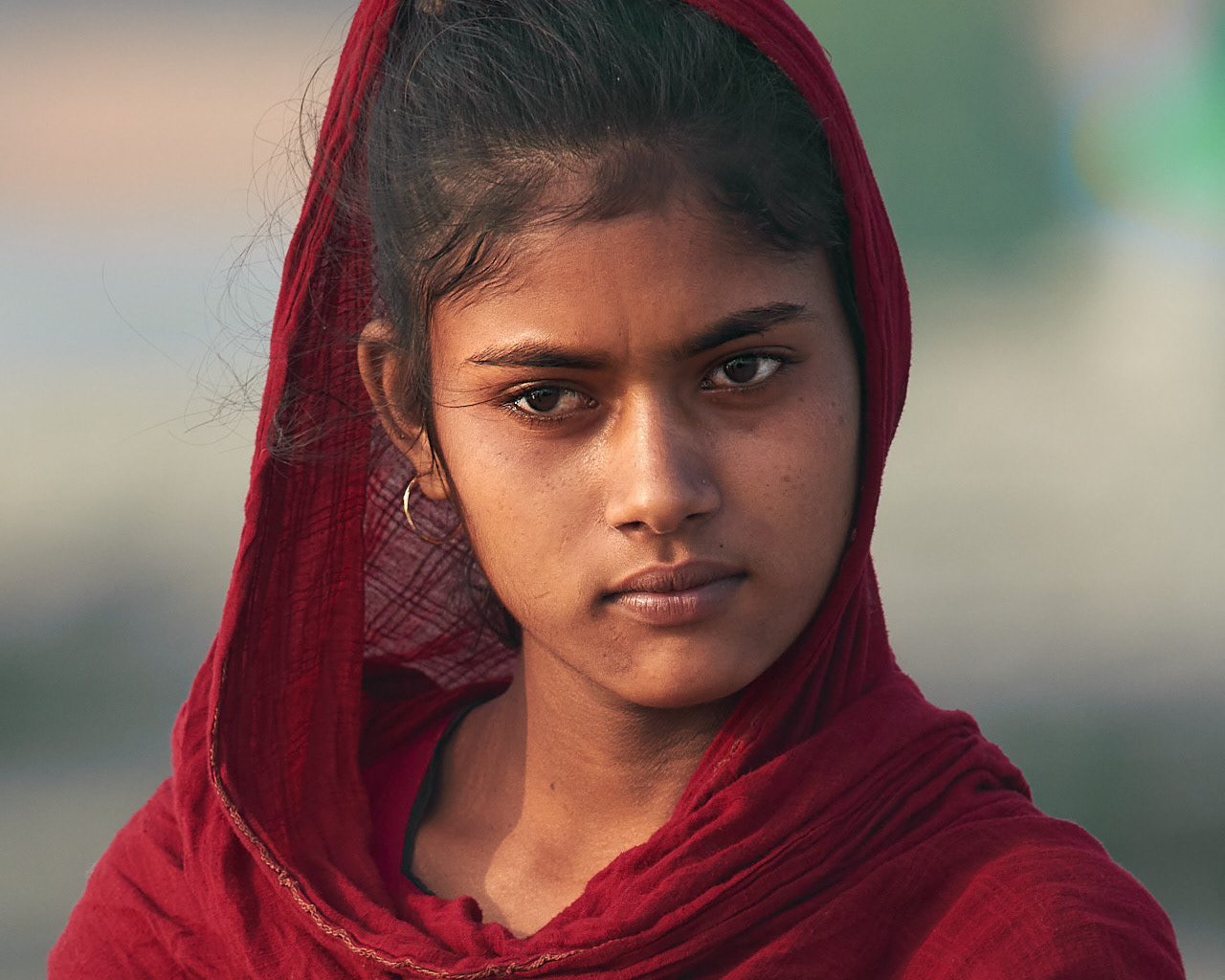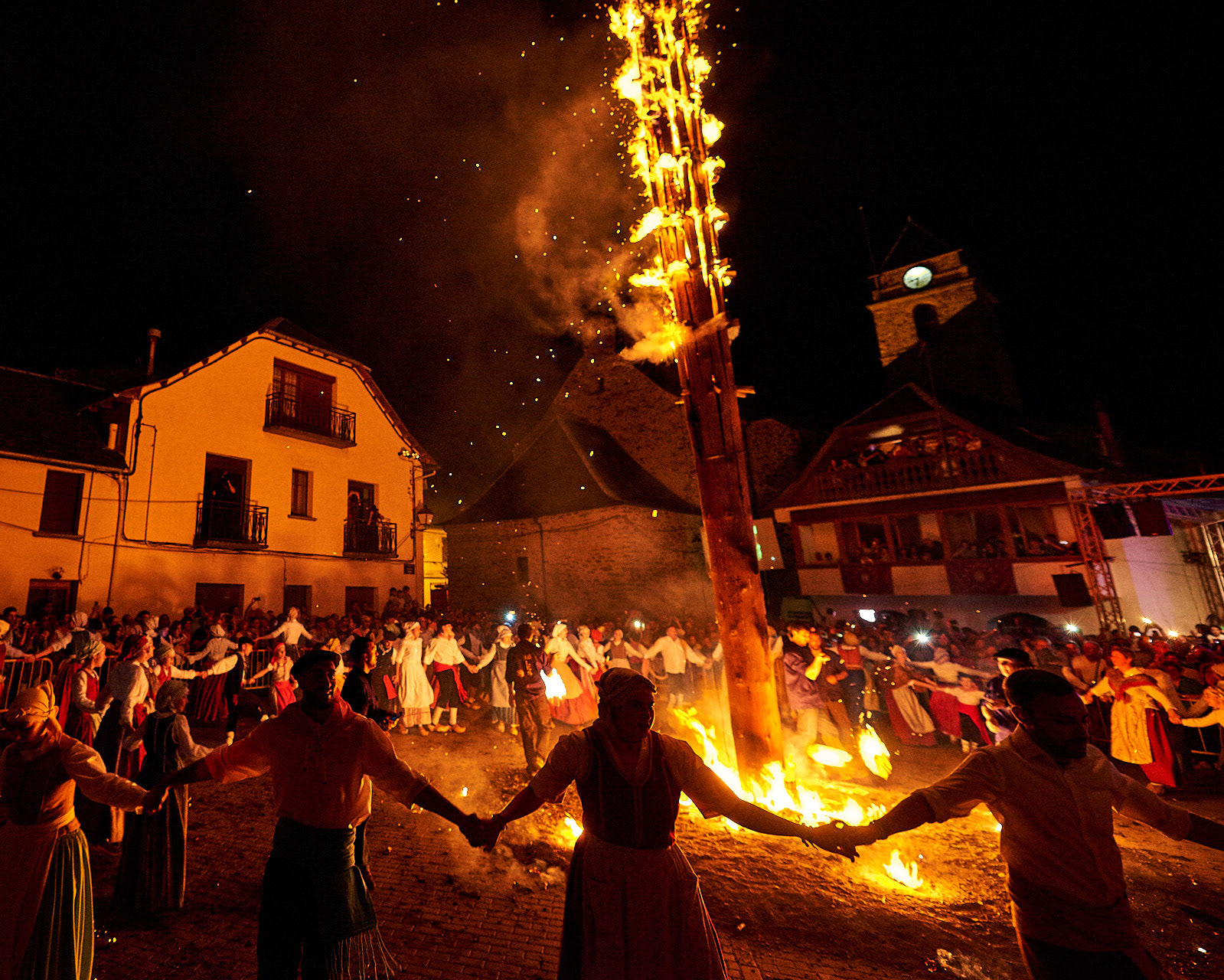"Egret’s beauty". In the mornings, the mist veils the forest, adding an ethereal charm as the boat glides through narrow channels. The air resonates with the calls of exotic birds, and occasional glimpses of elusive wildlife heighten the sense of adventure.
"Sunderbans’ old tree I". An old tree stands sentinel in the middle of a water channel, casting a serene mood in the very early hours of the morning.
"Sunderbans’ old tree II". In the very early hours of the morning, the elegant silhouette of an old tree stands against the dawn, its branches etched in quiet beauty. The serene mood envelops the landscape, evoking a sense of timeless tranquility and natural grace.
"Dropping anchor". Early morning, a boat with two men drops anchor amidst the foggy mood on the muddy banks of the Bay of Bengal.
"Silhouettes". The early morning unveils a mystical scene, with a boat gliding silently through the mist. Three men row, their silhouettes blending into the foggy ambiance, navigating the labyrinth of waterways.
"Meeting point". Several egrets and a wild boar are caught off guard while foraging at the river bank. The egrets, poised and white, contrast with the boar's rugged form, creating a captivating snapshot of nature's diverse coexistence.
"Macaque’s gaze". Along the riverside, a male of rhesus macaque sits, her expressive eyes mirroring the tranquility of the surroundings.
"Protected by forest". In Katka Sanctuary a spotted deer stands surprised behind the trees, its graceful form blending into the dappled light. The dense forest canopy offers a sanctuary, where the alert eyes and serene posture of deer capture the essence of nature.
"Under the watchful eye". Midday brings opportunities for exploration. Guided walks on designated trails offer encounters with the Sundarbans' inhabitants, including Royal Bengal tigers, spotted deer, and macaques, amid towering mangrove trees and tidal mudflats.

A rhesus macaque female searching for food on the river bank

Amidst the Kayla reserve forest, the Crimson Rose butterfly flutters gracefull.
"Love boat". Navigating the Sundarbans offers a mesmerizing journey through one of the world's largest mangrove forests. Each day unveils new wonders: from dense mangrove thickets to tranquil waterways, revealing the diverse ecosystem teeming with wildlife.
"The croc". The saltwater crocodile of the Sundarbans, Earth's largest reptile, navigates the intricate mangrove maze with stealth. Its massive size, reaching up to 20 feet, belies its agility in hunting prey, which includes fish, birds, and occasionally even large mammals.
"The roots of the Sundarbans". In the Sundarbans of Bangladesh, the mangrove forest's aerial roots rise gracefully above the water, creating a mesmerizing, tangled web.
"Ripples’ dance". In the intricate channels, gentle waves create mesmerizing patterns, their ripples casting shimmering reflections. The dance of light and water forms a serene, ever-changing mosaic, highlighting the tranquil beauty and complexity of the waterways.
"Quite waters". Early morning unveils a serene landscape, where channels wind through hidden arms of the river. A fishing boat glides over quiet waters, enveloped by lush mangrove forests.
"The patient fisherman". A patient improvised fisher cast his line from our boat in the tranquil river. Their quiet perseverance embodies the timeless rhythm of nature.
"The serenity of dawn". The sunrise paints the horizon with hues of gold, casting a tranquil spell over the calm waters. Amidst the peace and quiet, a solitary fishing boat glides silently, manned by two men embracing the serenity of dawn.











